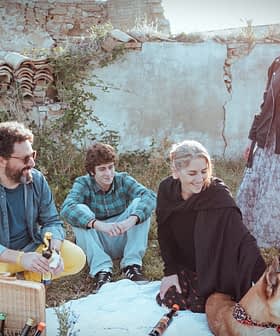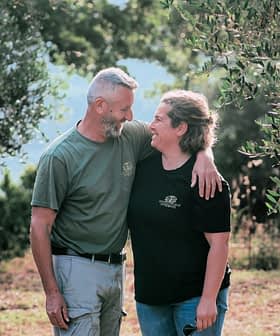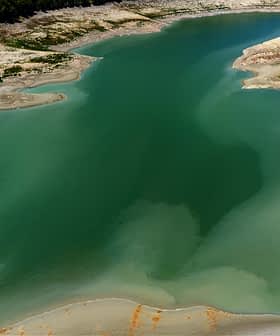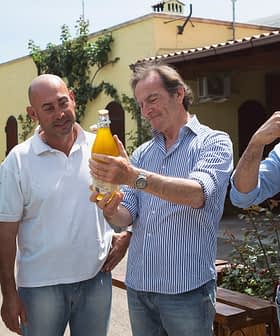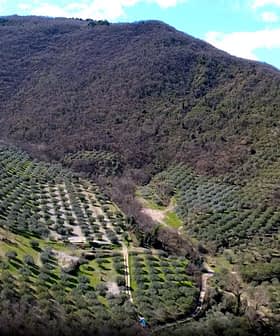New Xylella Fastidiosa Infections Identified in Puglia
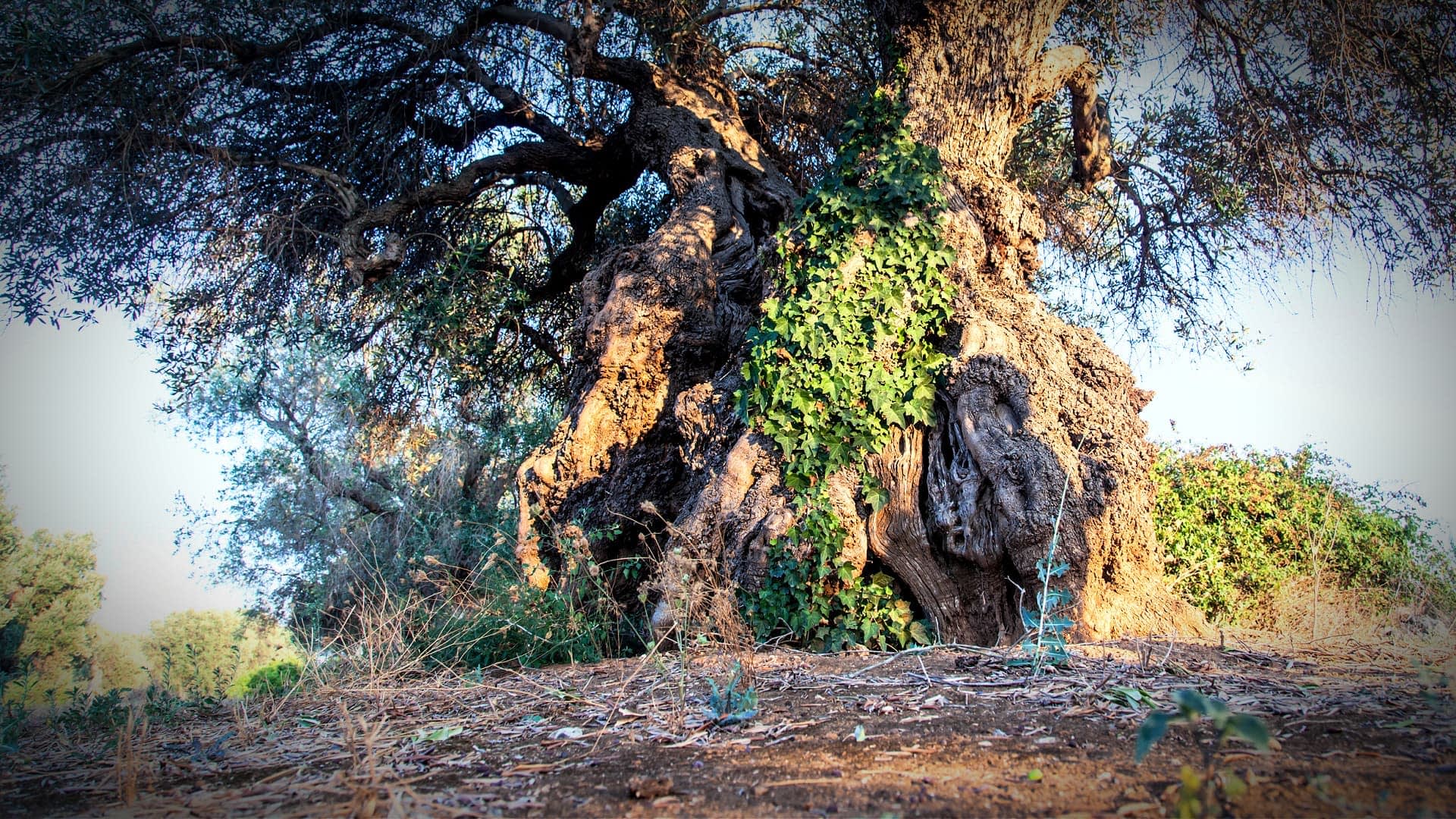
The Xylella fastidiosa bacterium has been detected in olive trees farther north in Puglia than ever before, sparking concerns about the potential economic consequences of a renewed outbreak. Local authorities are implementing strict preventive measures, including the removal of infected trees and the establishment of buffer zones, to combat the spread of the bacterium and protect olive cultivation in the region.
The northward march of the Xylella fastidiosa bacterium in the southern Italian region of Puglia continues. The latest infections have been found farther north than ever before.
Four olive trees have been infected by the aggressive pathogen in the Barletta-Andria-Trani province, a region responsible for nearly half of Apulia’s olive oil production.
The latest infections were confirmed by the laboratories of the Institute for the Sustainable Protection of Plants, which is part of the National Research Council (CNR).
See Also:Revitalizing Salento, Entrepreneurs Fight Xylella with New IdeasThese findings are a direct result of the extensive monitoring activities carried out in the Apulian region by local institutions, researchers, and volunteers.
Since January, nearly 250 samples have been collected and analyzed in the Bisceglie area, mostly from olive trees, along with a few from other species, such as wild cherry, which are considered susceptible to Xylella fastidiosa.
The discovery of infections north of Bari triggered a nationwide alarm, coming less than three months after the most recent Xylella outbreak found in Minervino Murge, about 60 kilometers from Bisceglie.
In both cases, the subspecies “pauca” of Xylella fastidiosa was identified; the strain has already devastated southern Puglia for over a decade.
Oronzo Antonio Milillo, president of the Apulian Federation of Agronomists, told AndriaViva magazine that the alert level is currently very high due to the specific characteristics of the infection, which are still being investigated.
“The bacterium typically spreads only a few hundred meters per day, so it’s reasonable to assume that a vector may have unknowingly transported it along the road. This is a possibility we must seriously consider,” Milillo said, referring to insects that often attach to cars and can easily be transported over long distances by unsuspecting vehicles.
In a note published on the Apulian Regional Council website, regional authorities explained that all service areas along the motorways are currently being inspected.
It is believed that the insect vectors responsible for the new infections may have traveled aboard trucks stopping at these service areas.
“On the other hand, if the spread is due to a natural movement of the vector, we should already have found, or will likely find through further testing, intermediate areas of infection. That’s why the alert level is extremely high,” Milillo added.
Twelve years after Xylella fastidiosa began infecting millions of olive trees in the southern Salento area, the new findings have reignited concerns about the potential economic consequences of a renewed outbreak.
“We are talking about an area… where olive growing is the leading open-air industry, with significant numbers of jobs and household incomes tied to the sector,” said Gennaro Sicolo, president of the Apulian branch of the Italian Farmers’ Confederation (CIA).
See Also:Australian Growers on Alert After Xylella Fastidiosa Found in China“If strong action is not taken immediately, the situation could spiral out of control in the metropolitan area of Bari and the province of Foggia as well,” he warned.
As prescribed by European Union regulations, a 400-meter-wide area around the infected trees is currently undergoing thorough sampling of olive trees and other Xylella fastidiosa-susceptible plants.
The infected trees will be removed through procedures designed to prevent the further spread of the bacterium. A new red zone has been declared within a 50-meter radius of the trees.
Within a 2.5‑kilometer radius around the infected areas, a buffer zone has been established, marking the area as potentially affected by Xylella fastidiosa.
This designation enables special territorial surveillance and plant monitoring.
Within the buffer zone, strict mandatory preventive actions are being implemented, primarily aimed at preventing the spread of insects that carry the bacterium from one plant to another.
Both the CIA and the olive oil producers’ association Unapol have called for a new national plan to combat Xylella fastidiosa and to allocate more funds for the recovery of olive cultivation in the affected areas, primarily through the use of Xylella fastidiosa-resistant olive cultivars.
“The four infected olive trees are all in a roadside service area near Bisceglie. Both the trees and the land they occupy were neglected for a long time,” Giuseppe di Niso, spokesperson for the Bari chapter of the farmers’ association Confagricoltura, told BisceglieViva.
“In that area, the mandatory maintenance work was not carried out as required by current regional regulations on Xylella fastidiosa prevention,” di Niso said.
He urged people not to panic but to comply more strictly with the regulations governing preventive measures.
Those measures have already been shown to significantly slow the spread of the bacterium, for which no cure currently exists.
“I can’t say that all my fellow farmers follow the guidelines against the bacterium,” Pietro Maggi, a farmer in Barletta-Andria-Trani, told Olive Oil Times. “But I can say that awareness is growing, we all know we need to stand together if we want to contain the damage at least.”
